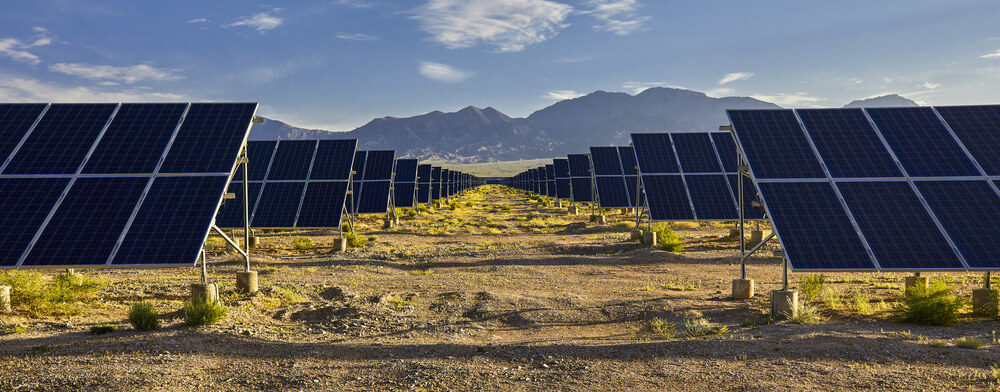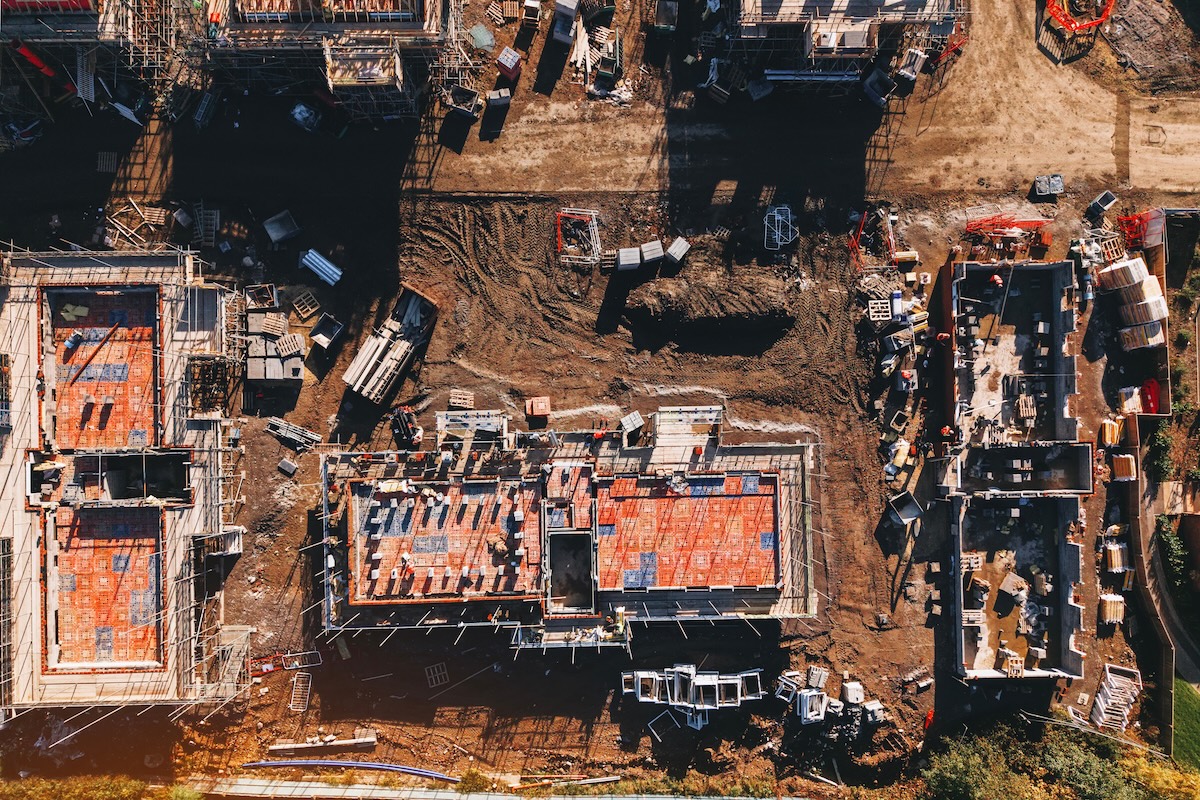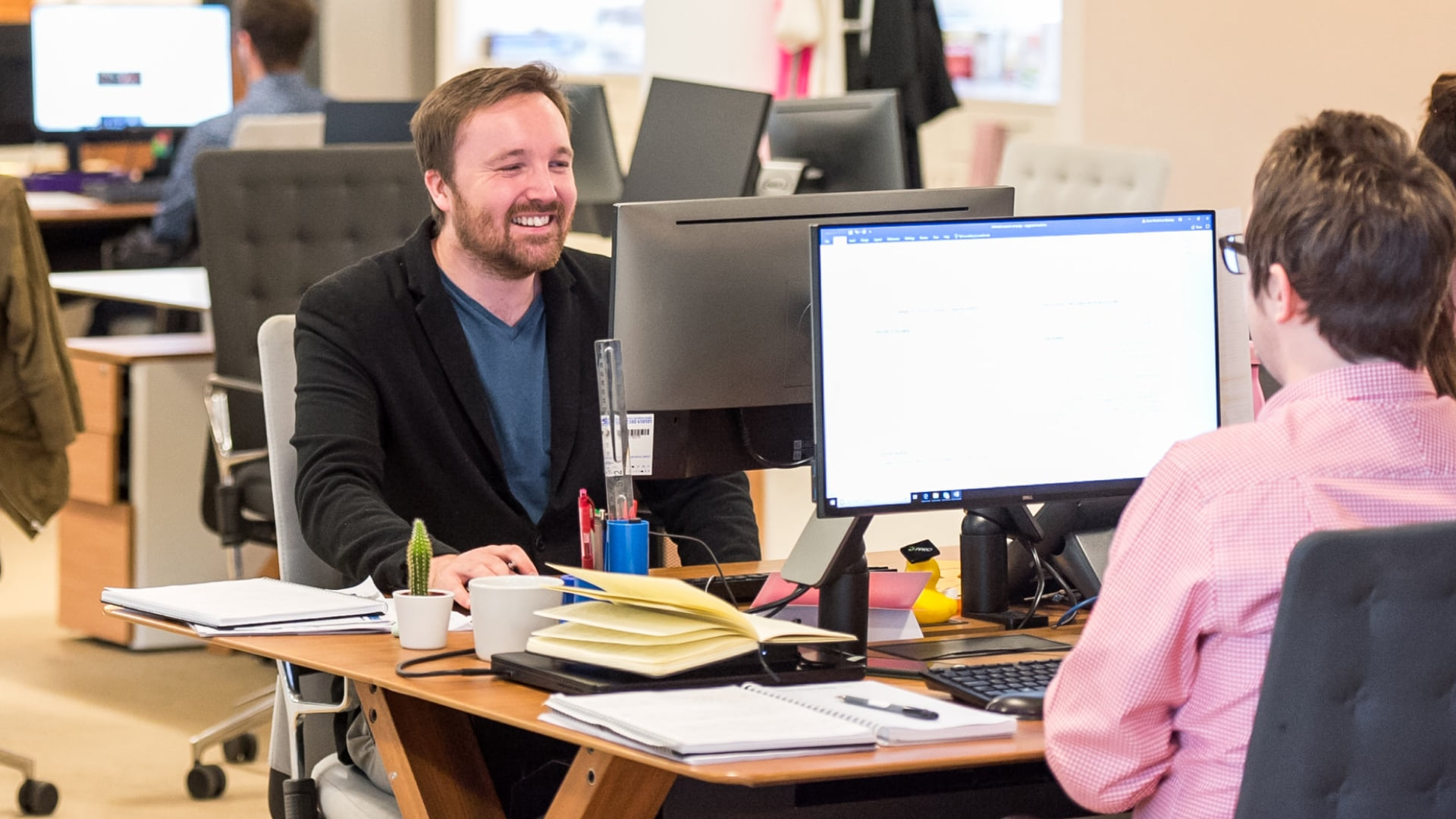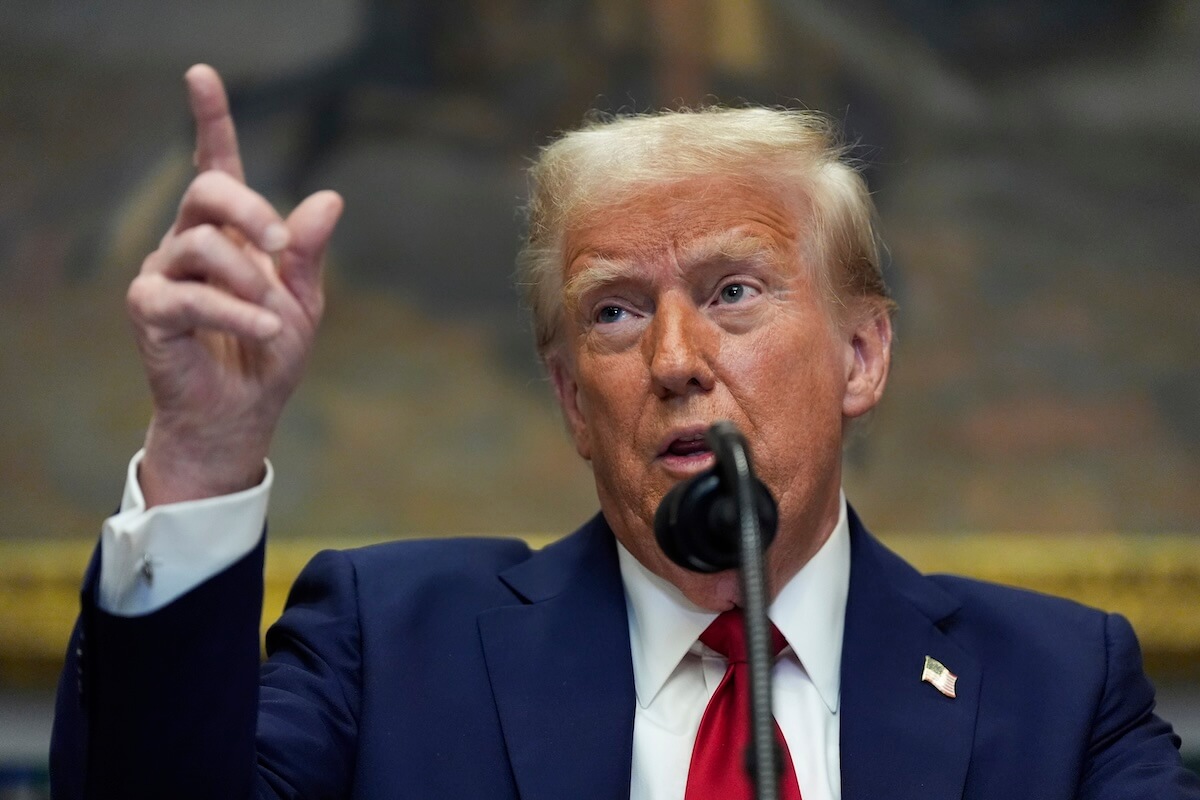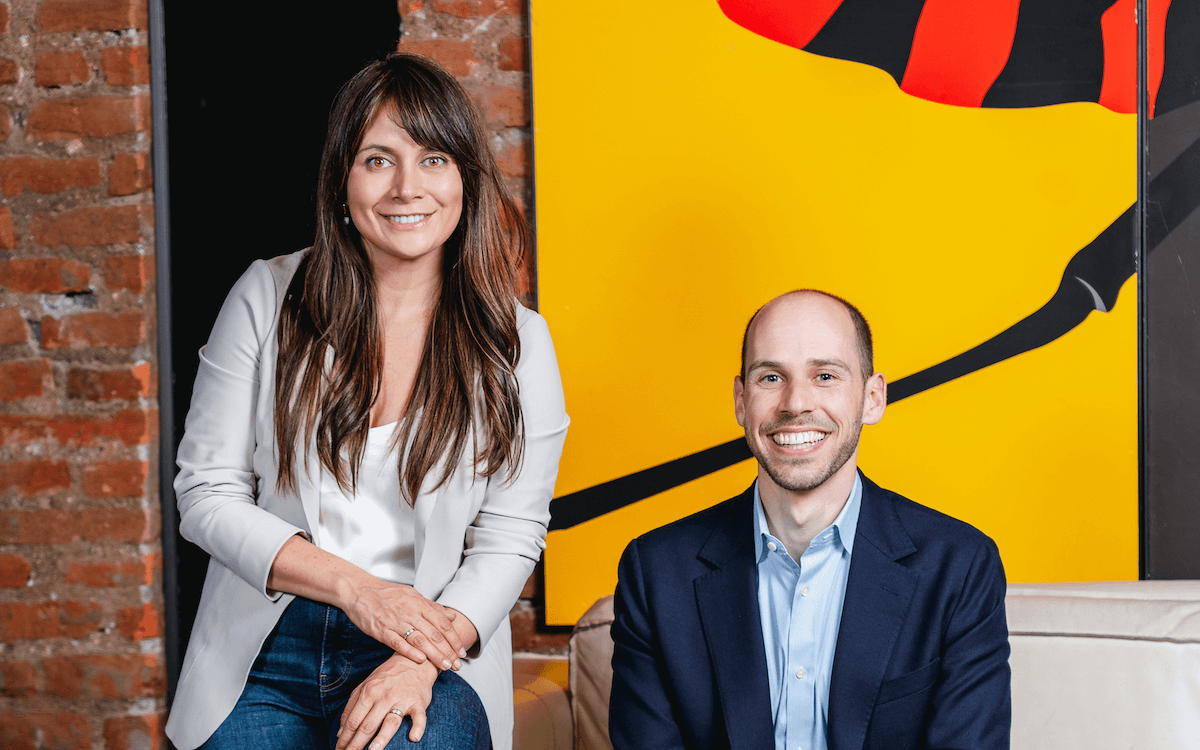They are the opposite of day-traders. They hold the sovereign wealth of their countries, the life savings of their pensioners. They are entrusted to manage the capital for their stakeholders, for the long-term.
And they are so large, so invested in every industry and every geography, that they have no escape from the escalating dislocations of climate change and income inequality. When you “own the universe,” there are no externalities.
That huge pension and sovereign-wealth funds would lead the capital markets’ rotation toward social and environmental value-creation would have seemed laughable even five years ago. Now, as some of the world’s biggest asset managers change course, it seems almost inevitable.
The think tank New America has published a list of such leaders, 25 SWFs (sovereign wealth funds, quasi-national funds generally endowed with natural resource or other common wealth) and GPFs (government pension funds, though some asset managers are private firms contracted to manage retiree funds). Those leaders represent $4.9 trillion in assets under management.
The Bretton Woods II Leaders List
Among the Universal Leaders were asset owners who have publicly staked out “responsible” positions, such as Ontario Teachers’ Pension Plan, CalPERS and New York State Common Retirement Fund.
The largest asset allocator on the Leaders list was the Government Pension Fund of Norway (with $981 billion in assets under management), followed by APG Groep in the Netherlands ($532 billion) and National Pension Service in South Korea ($522 billion). Others around the world include Khazanah Nasional Berhad in Malaysia, PREVI in Brazil and Public Investment Corp. in South Africa.
25 universal assets owners that could put a dent in the SDG financing gap
The data set bears further scrutiny. One Canadian leader, Caisse des Depots et Placement du Quebec with $286 billion in assets, has a red ‘X,’ rather than a green checkmark, under ‘Accountability.’ CDPQ manages funds for 41 public and parapublic pension, insurance and other plans, according to its website. CDPQ finances aircraft, medical diagnostics, logistics and recently backed a financial technology fund aimed at applying artificial intelligence to finance. The firm recently announced a modest climate-change strategy, including a 50% increase in low-carbon investments, representing $8 billion or more in new investment.
The “Accountability” rating is not only a way of holding funds’ feet to the fire, but a way of ensuring the data gets better over time. “CDPQ did not receive full marks for the principle of accountability in the BWII Responsible Asset Allocator Initiative rating scale,” Scott Kalb, a fellow at New America’s Bretton Woods II project, told ImpactAlpha. Kalb said CDPQ has “not yet fully reported the non-financial performance of its responsible investing practices, for example, how much the carbon footprint of the portfolio has been reduced as a result of their climate investment practices or how many companies in the portfolio improved their labor practices as a result of CDPQ engagement.”
Let that be a lesson, it seems. CDPQ’s recent climate change initiative does include “stated targets, parameters and formulas for reporting on carbon,” Kalb said. Such disclosure, he said, “could very well lead to higher marks for CDPQ in accountability going forward.” CDPQ has not yet responded to requests for comment. (Note: this story was updated Nov. 1.)
The think tank makes available broad ratings for the full list of 121 funds, so pensioners, citizens and other stakeholders should have a field day asking their wealth managers about the ratings. Many of the funds have public trustees, including elected officials, who can be asked to explain why the boards have opted out of such “responsible” investment practices. What are the long-term risks? What is fiduciary duty? What level of urgency is appropriate?
Rotation of capital
The potential for universal owners to shift the tide of global capital has for years had strong, shall we say universal, appeal. Until now, it hasn’t been clear how to operationalize it.
The Sustainable Development Goals have provided a starting point, a center of gravity around which the whole apparatus of global finance can do its thing. New America is transparent about its intentions to “unlock at least $250 billion in new resources to address challenges such as climate change, disease, bad governance, and weak infrastructure” in line with the SDGs (see, “Sustainable Development Goals take hold as a universal impact investment framework”).
Crunch time for the owners of the universe
Previously, a slew of studies have tried to quantify the risks from such “non-financial” factors as corruption, human rights and environmental costs. The most pointed analysis concerns the risk of “stranded assets,” of fossil fuels and associated infrastructure, if climate change realities do indeed force a policy reckoning that radically reduces carbon emissions.
The larger question for large asset holders, says New America, is not whether they can afford to make investments in social impact, but whether they can afford to miss such opportunities. Earlier this year, I wrote on ImpactAlpha:
There are few asset owners that don’t agree that between physical, policy and market changes, global warming will affect the investment landscape over the next 20 years. Likewise social instability driven by extreme income inequality will erode the value of institutional assets over time.
That makes sustainability selfish and unsustainability a major risk factor. That realization has been strongest among the biggest asset owners — those with assets of more than $100 billion or so — who are so broadly diversified that they can’t duck the coming dislocations. In economic terms, there are no “externalities,” positive or negative, for these big owners. “Owning the world” means institutional asset owners have a stake in its viability.
You can bet that every big bank on Wall Street is studying the Bretton Woods II list and tallying which of their competitors is ahead in offering the most “responsible” asset management.
John Goldstein, a managing director at Goldman Sachs (and before that, a founder of Imprint Capital, a boutique impact investing advisor acquired by Goldman), explained that some universal owners are effectively buying insurance to future-proof their portfolios. That’s what New York State’s $184 billion Common Retirement Fund, for example, did with a low-carbon index fund developed by Goldman Sachs Asset Management. The pension fund committed $2 billion to the index, which claims to reduce carbon emissions by 70 percent while tracking roughly even with mainstream market benchmarks.
Others are making a more active bet on the future direction of progress on climate action, or income equality, or sustainable development, just like they might have an analysis about the future direction of interest rates or the euro. If the world is moving in the direction, say, of meeting the Sustainable Development Goals, then there will be both opportunities and risks. “The upshot is you’d be more invested,” Goldstein said. “You’d be making an active bet.”
The Bretton Woods II project suggested three “alternative choices” that large-scale asset-allocators might make:
Emphasize the long-term. Long-term goals and objectives require long-term risk mitigation and value creation, and that mean inclusion of ESG factors in the investment process.
Engage and cooperate. Divestment is less preferable than engagement with companies to achieve positive externalities. Cooperation among asset allocators can “build capacity and promote systemic change.”
Make external managers allies on sustainable investing. Ask about risks. Mine their data sets and use their tools they can offer. Ask them to report back on sustainability metrics. “Put your external managers on the front-lines in working with portfolio companies.”






